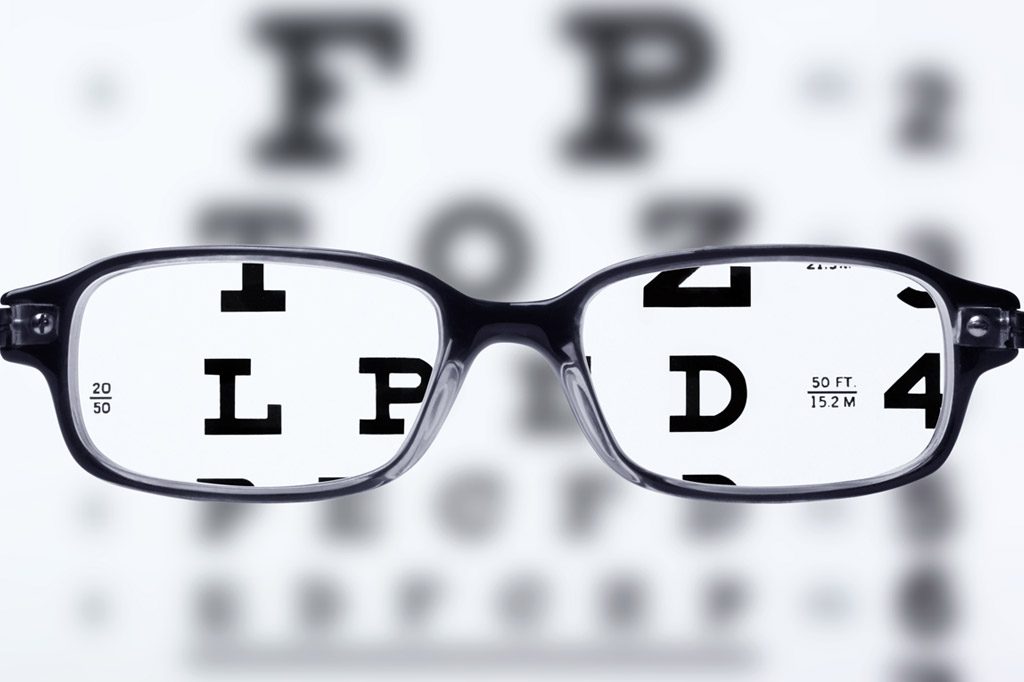Myopia, or nearsightedness, is the most common human eye disorder. This is a vision condition in which close objects are seen clearly, but objects farther away appear blurred. Nearsightedness occurs if the eyeball is too long or the cornea (the clear front cover of the eye) has too much curvature. As a result, the light entering the eye isn’t focused correctly as it is focused in front of the retina.

With its increasing prevalence and earlier age-of-onset in recent birth cohorts, myopia now affects almost 33 per cent of adults in the United States, and epidemic proportions of 85 to 90 per cent adults in Asian cities. Unlike children in Western populations, where the prevalence of myopia is very low (less than five per cent), Asian children have prevalences as high as 28 per cent in seven-year-olds. The prevalence of myopia in Singapore children is 27.8 per cent at seven years old, 34.5 per cent at eight years old and 43.4 per cent at nine years old. In Singapore 80 per cent of 18-year-olds are myopic. These figures continue to increase over time.
Early diagnosis is important so that the child’s vision can be corrected with optical aids and more importantly, interventions can be used to slow down the progression of myopia.
The earlier the onset of myopia, the higher the myopia becomes. The higher the degree of myopia, the higher the risks of developing complications which lead to reduced vision and blindness. These risks are for life.
The following are some complications that can occur:
- Retinal detachment – It is a condition when the inner layer of the eye detaches from the eyeball.
- Cataracts (opaqueness of the lens) – There is a higher chance of developing cataracts at an earlier age.
- Glaucoma – Severe myopia can lead to increased fluid pressure in the eyeballs resulting in glaucoma.
- Macular degeneration – This occurs when the retina degenerates, leading to reducedvision.
In addition, there is a rare condition called myopic strabismus fixus where there is acquired inturning of the eye and downturning of the eye associated with restricted upward and outward movement.
Treatment for Myopia
For decades, it has been known that atropine, which is extracted from certain plants, can be used to counter myopia. The drug seems to stop the eyeball from growing longer, a hallmark of myopia.
But it has not been widely used because of the side effects caused by eyedrops with one per cent atropine, the normal available dose. Atropine 1% relaxes the pupil and focusing muscles of the eye, causing blurred vision for near and a dilated pupil. The large pupil lets more light in and causes sensitivity to light. All these meant that children on atropine 1% needed to wear bifocal/progressive additional lenses and photochromatic lenses. Several other studies also found that when the use of atropine stopped, the myopia “rebounded”, which means that the myopia increased after the child stopped the atropine.
In recent years, lower concentration of atropine eyedrops have been used.
In a Singapore study in 2006, 400 shortsighted children were put on daily eyedrops with three different concentrations for two years: 0.5 per cent, 0.1 per cent and 0.01 per cent. The children were tracked for five years. Results showed that side effects were minimised for the most diluted eyedrops. Children did not need sunglasses or bifocals, but could go about their daily lives as usual. There was a myopic rebound after atropine was stopped, and it was greater in eyes that had received higher doses, i.e. 0.5% and 0.1% atropine. The 0.01% atropine effect, however, was more modulated and sustained. After five years, those on the 0.01 dose also fared the best, with the least decline in their eyesight. Overall atropine 0.01% reduced myopia progression by 50 to 60 per cent.
Over the last few months, atropine 0.01% has been commercially available. It appears to be nearly as effective as Atropine 1% in reducing myopia progression. This is the most promising treatment to date for progressive myopia.







